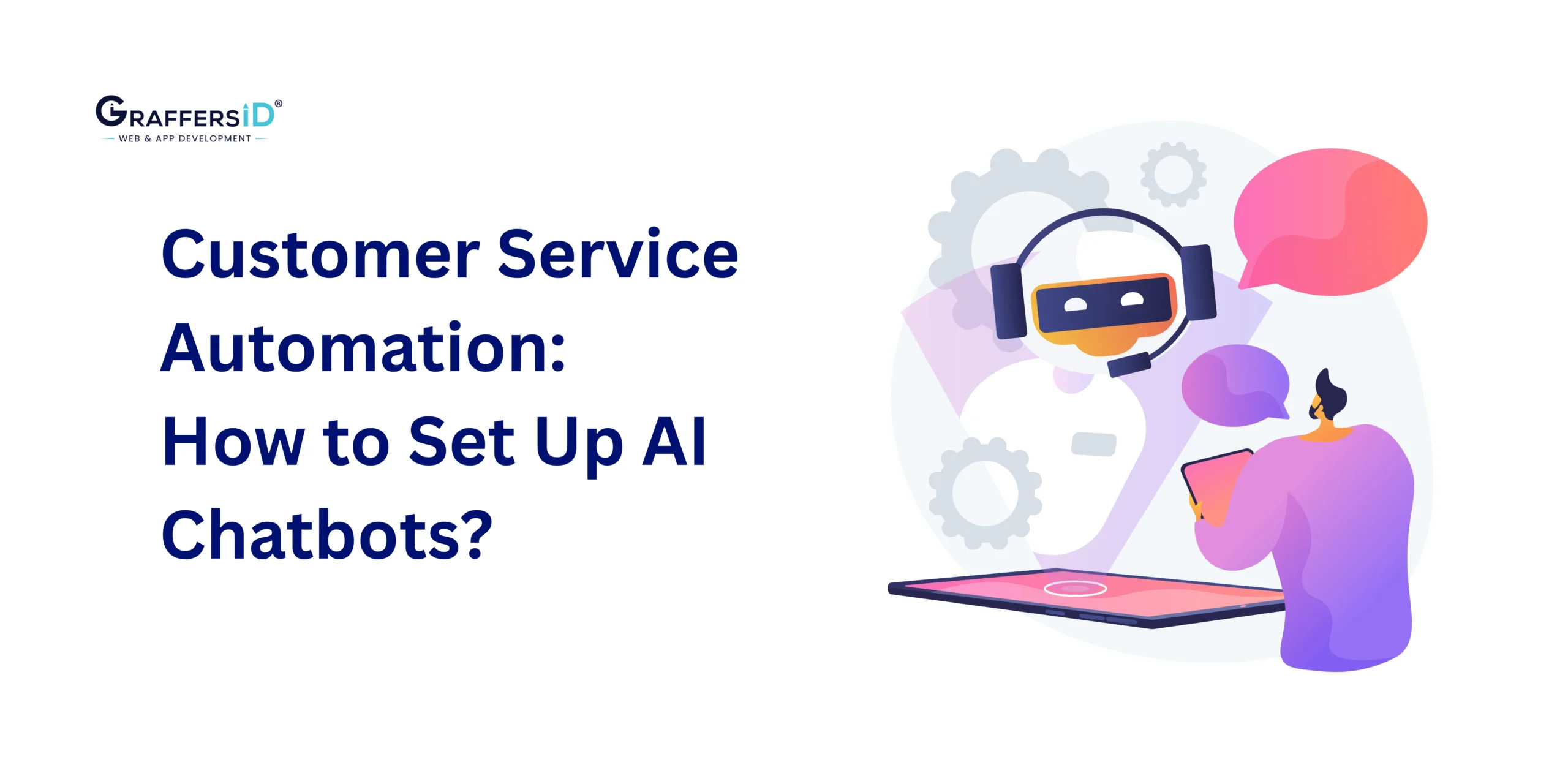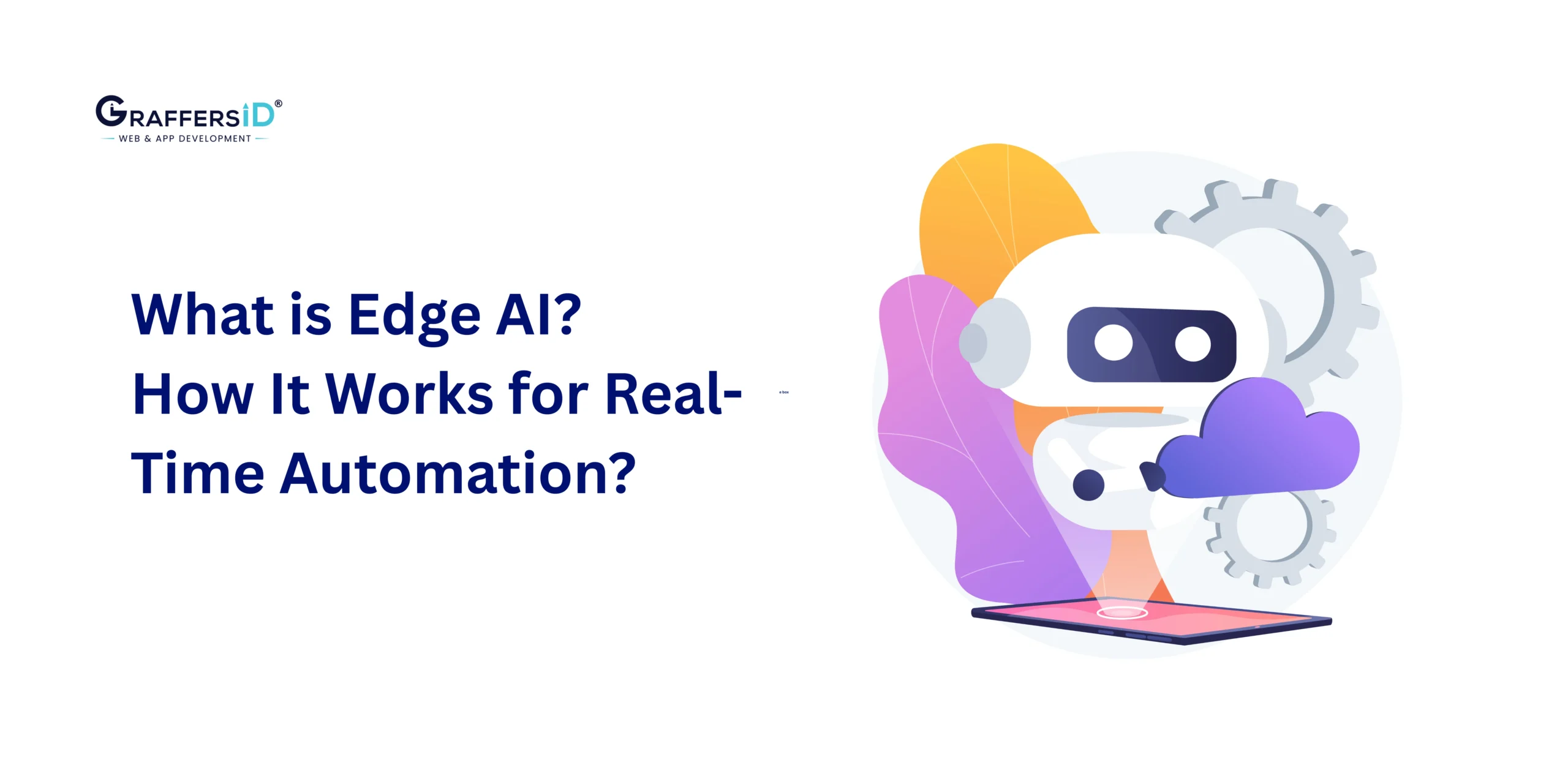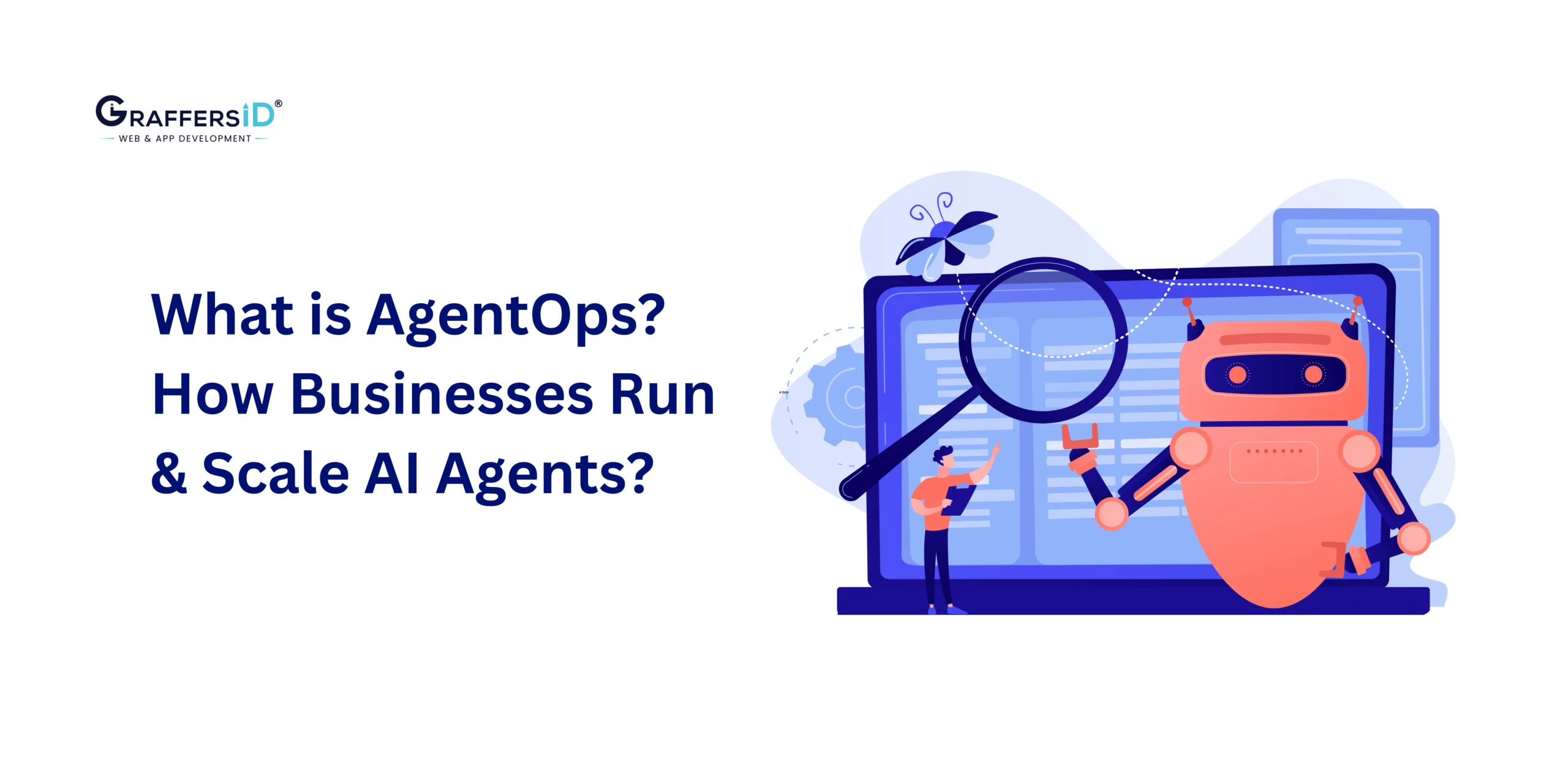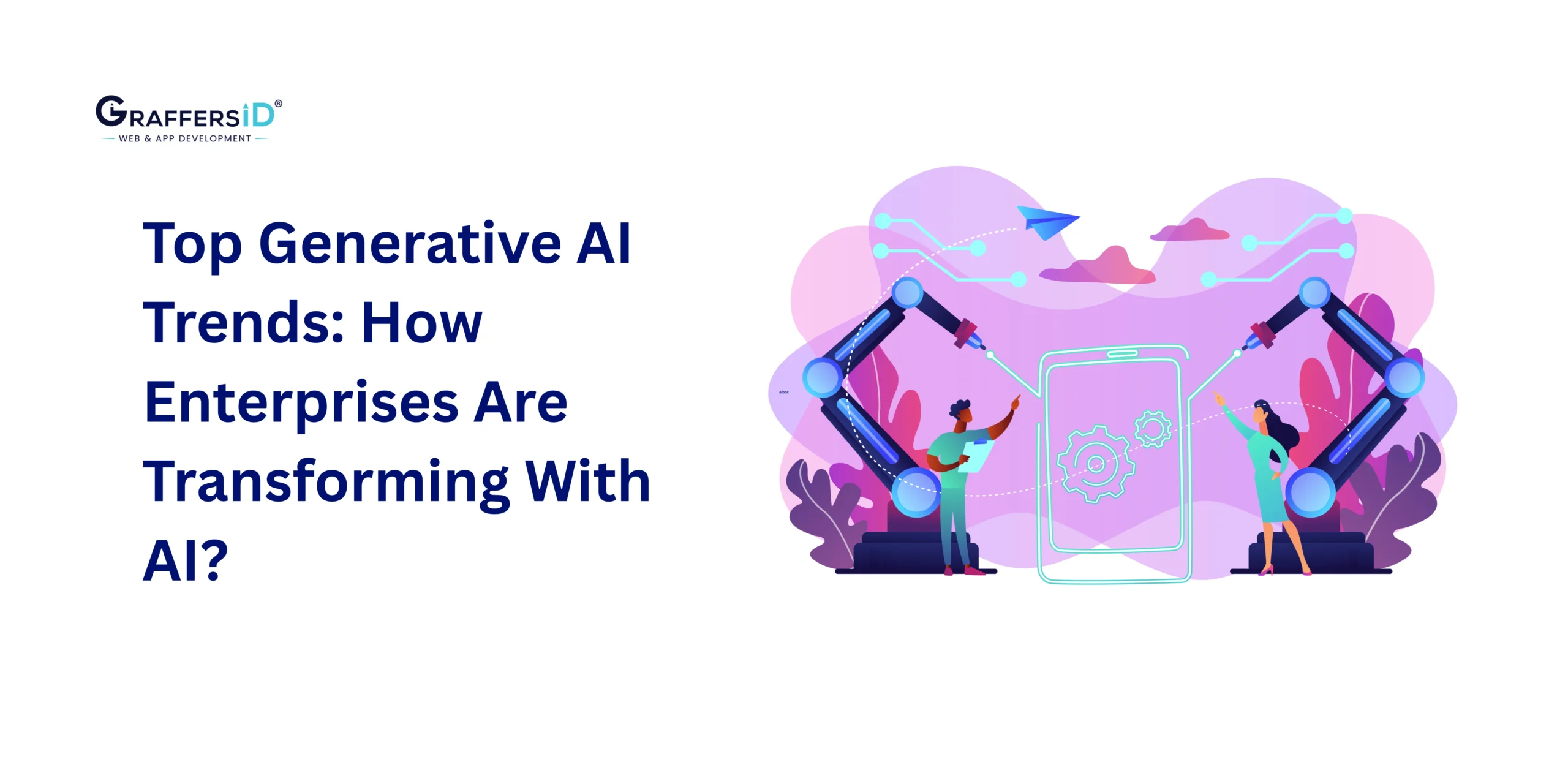Customer expectations in 2026 are higher than ever. Instant replies, personalized interactions, and smooth omnichannel experiences are no longer optional; they’re a standard. For CTOs, CEOs, and product leaders, the challenge lies in scaling customer service without ballooning costs or sacrificing quality.
This is where customer support automation powered by AI, NLP, and machine learning is redefining the industry. From AI chatbots to emotion detection systems, businesses are automating repetitive tasks, speeding up resolutions, and enabling human agents to focus on high-value interactions.
In this guide, we’ll explore how to set up customer service automation in 2026, the latest AI-driven tools, and the benefits they bring to modern enterprises.
Key Innovations in Customer Service Automation (2026)
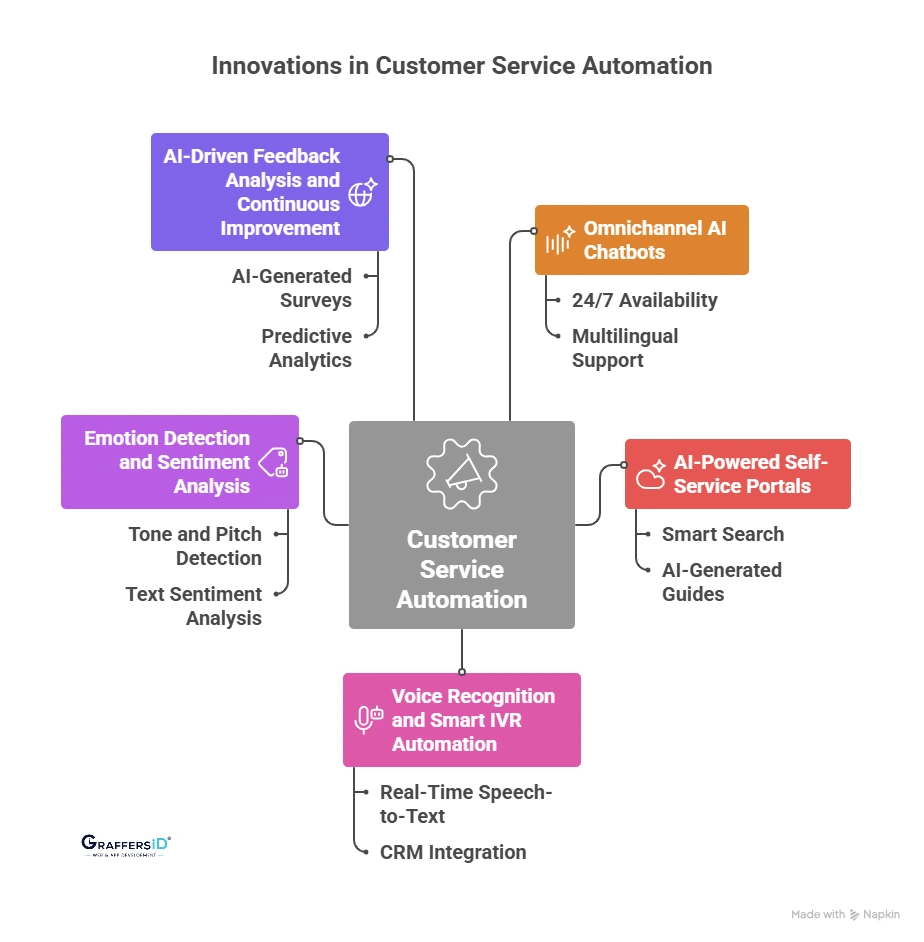
1. Omnichannel AI Chatbots
Modern chatbots go beyond FAQs. In 2026, AI-powered omnichannel chatbots integrate with:
- Websites
- Mobile apps
- Social media (Instagram, WhatsApp, Facebook Messenger, Telegram)
- Voice assistants (Alexa, Google Assistant)
Benefits of Omnichannel Chatbots:
- 24/7 availability with real-time responses
- Multilingual and culturally adaptive support
- Reduced operational costs
- Personalized product recommendations
Example: Amazon uses AI chatbots for order tracking, returns, and product guidance, saving millions in customer service costs.
2. AI-Powered Self-Service Portals
Self-service portals in 2026 are powered by AI-driven knowledge bases, not static FAQs. They include:
- Smart search with NLP understanding
- AI-generated guides and tutorials
- Community forums enhanced with AI moderation
- Integration with chatbots for escalation
Benefits of Self-Service Portals:
- Faster resolutions with minimal human interaction
- Lower support costs
- Increased customer satisfaction and retention
Pro Tip: Enterprises are now combining AI documentation generators with portals to ensure knowledge bases stay up-to-date automatically.
3. Voice Recognition and Smart IVR Automation
The days of “press 1 for support” are over. AI-driven IVR (Interactive Voice Response) uses voice recognition and NLP to route calls, answer queries, and personalize experiences.
Key features of IVR:
- Real-time speech-to-text and intent detection
- CRM integration for instant personalization
- AI-based sentiment scoring during calls
Benefits of IVR:
- Automated call handling (zero manual effort)
- Higher accuracy and reduced wait times
- Improved accessibility for differently-abled users
Example: Banks like HSBC and Citibank use AI IVR systems to handle bulk queries, redirecting human staff to high-value problem-solving.
4. Emotion Detection and Sentiment Analysis
Customer service in 2026 is no longer robotic. With AI emotion detection, businesses can detect:
- Tone and pitch of voice (anger, frustration, satisfaction)
- Text sentiment in chat/email using NLP
- Facial expressions in video calls
Benefits of Emotion AI:
- More empathetic and personalized support
- Faster escalation for unhappy customers
- Improved agent training with real-time insights
- Stronger customer loyalty
Example: Retail companies now use sentiment analysis during live chats to adapt responses instantly, turning frustrated customers into promoters.
Read More: How to Build an AI Chatbot in 2026: Types, Tech Stack & Step-by-Step Guide
5. AI-Driven Feedback Analysis and Continuous Improvement
Collecting feedback is old news; AI now analyzes and acts on it automatically.
Key Features of AI-based Analysis 2026
- AI-generated surveys with adaptive questioning
- NLP-based analysis of customer reviews, tickets, and social mentions
- Predictive analytics to forecast churn and customer trends
Benefits of AI-based Analysis:
- Customer-centric service optimization
- Proactive resolution of recurring issues
- Improved retention rates through predictive insights
Example: SaaS companies use AI-powered NPS and CSAT analytics to not just collect scores but also auto-generate actionable reports for leadership.
Benefits of Customer Service Automation in 2026
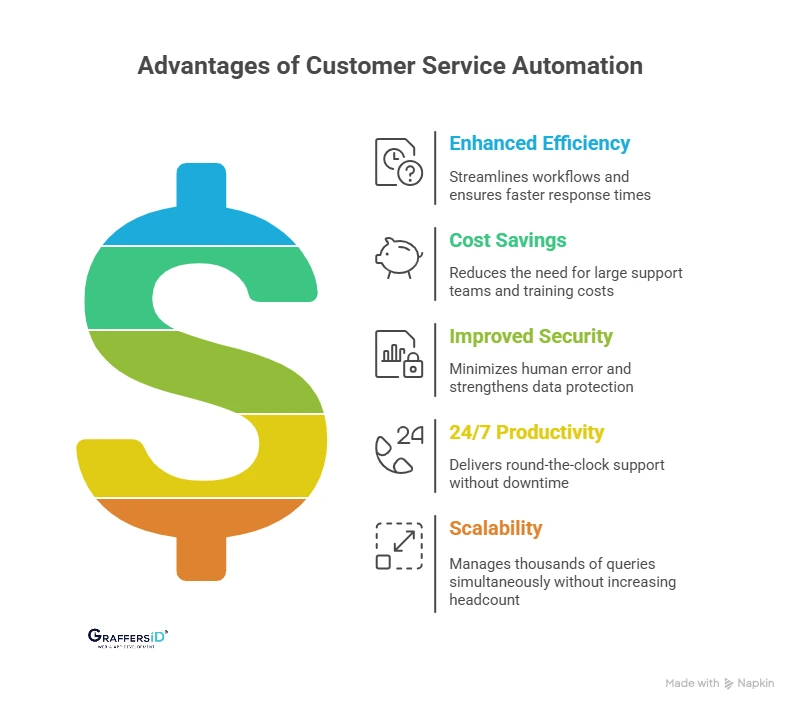
1. Enhanced Efficiency
AI-driven automation streamlines workflows, reduces manual intervention, and ensures faster response times. Businesses can resolve queries in seconds while maintaining accuracy.
2. Cost Savings
Automation lowers the need for large support teams and reduces training costs. Handling repetitive tasks allows human agents to focus on high-value interactions.
3. Improved Security
Automated systems come with built-in compliance checks, encryption, and access controls. This minimizes human error and strengthens data protection in customer interactions.
Read More: How to Build an AI Voice Agent in 2026: Step-by-Step Guide, Tools, and Future Trends
4. 24/7 Productivity
Unlike human teams, automated systems never stop working. They deliver round-the-clock support, ensuring global customers get help anytime without downtime.
5. Scalability
Customer service automation can manage thousands of queries simultaneously without increasing headcount. It grows with your business needs while keeping operations lean.
How to Set Up Customer Service Automation in 2026? (Step-by-Step Guide)
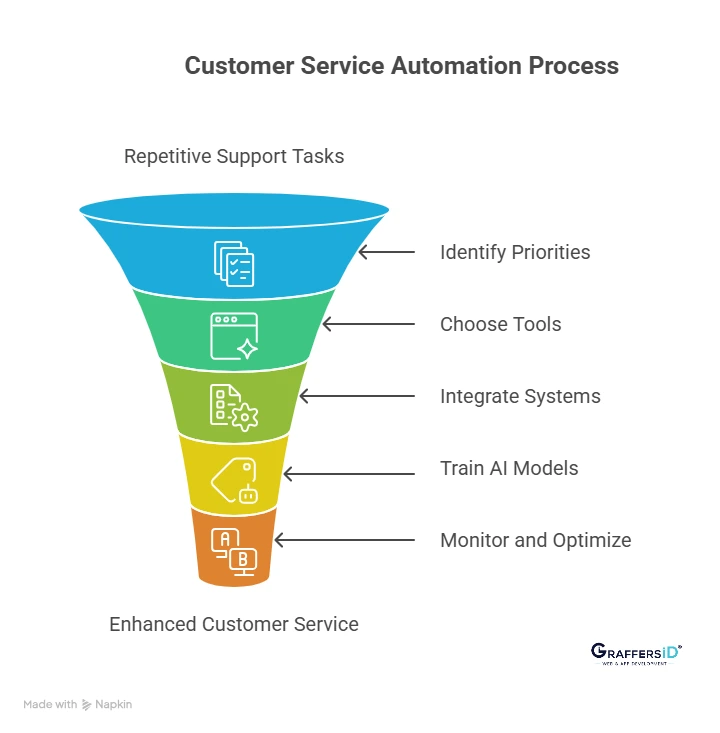
1. Identify Automation Priorities
Begin by mapping out the most repetitive support tasks, such as FAQs, ticket classification, and basic chat queries. Automating these first ensures quick wins, faster response times, and higher ROI from your automation efforts.
2. Choose the Right Tools
Select AI chatbot platforms, smart IVR systems, and feedback analytics tools that fit your business needs. Look for solutions with NLP, multilingual support, and omnichannel integration for smooth customer experiences.
3. Integrate with CRM and Knowledge Base
Unify your CRM data, knowledge base, and customer history with automation tools. This ensures every interaction, whether through chat, voice, or portal, feels personalized and consistent across channels.
4. Train AI Models with Company Data
Feed your automation system with historical chats, tickets, and FAQs to increase accuracy. Training AI on real customer data allows it to provide context-aware responses and adapt to your unique workflows.
5. Monitor & Continuously Optimize
Use sentiment analysis, customer feedback, and performance metrics to refine automation over time. Continuous improvement ensures your system stays accurate, empathetic, and aligned with evolving customer needs.
Conclusion
In 2026, customer support automation isn’t just a cost-saving tool; it’s a growth strategy. With AI chatbots, voice recognition, self-service portals, emotion AI, and feedback analytics, businesses can scale support while keeping it human-like, empathetic, and personalized.
Enterprises that embrace automation are not only improving operational efficiency but also building stronger, lasting customer relationships.
At GraffersID, we help businesses build AI-powered chatbots, CRM systems, and automation solutions tailored to their needs. With a pool of vetted AI developers, you can start your automation project within 24 hours.
Contact us today to explore how we can help you future-proof your customer service.
